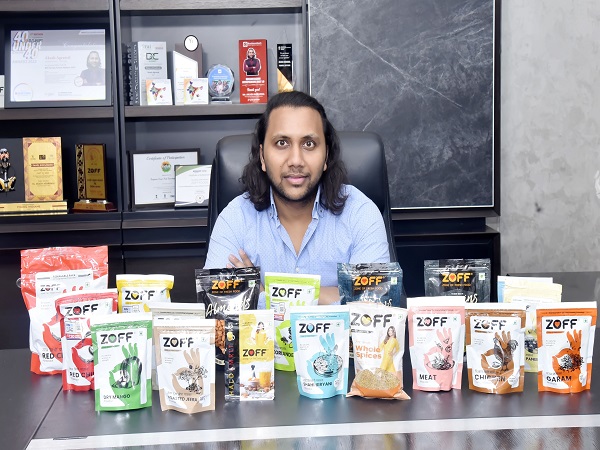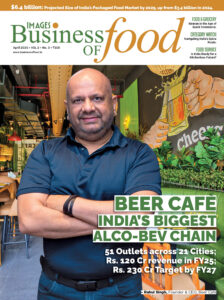With the onset of COVID-19, there was a seismic shift in the way people purchase groceries and other items, providing much-needed momentum for e-commerce in India. In response to this growing transformation, Zoff Foods reinvented itself and emerged as an e-commerce first brand, carving out a niche for itself in the competitive spice market, leading to higher…




